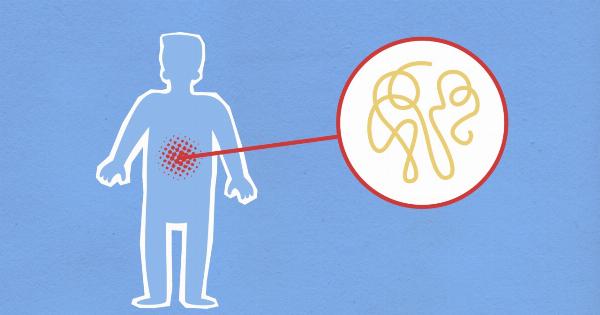With the advancements in medical technology and research, the field of invasive pulmonology has witnessed significant progress in recent years.
Invasive pulmonology involves the diagnosis and treatment of various respiratory system disorders using minimally invasive techniques. These advancements have revolutionized the management of respiratory diseases, leading to improved patient outcomes and a better quality of life.
The Role of Invasive Pulmonology in Respiratory System Disorders
Invasive pulmonology plays a crucial role in the diagnosis and treatment of respiratory system disorders such as lung cancer, chronic obstructive pulmonary disease (COPD), asthma, and interstitial lung diseases.
Traditional diagnostic methods often involved invasive procedures like open lung biopsies or thoracotomies, which were associated with significant risks and complications. However, advancements in invasive pulmonology techniques have made it possible to diagnose and treat these disorders with minimal invasiveness and reduced risks.
Diagnostic Advancements in Invasive Pulmonology
One of the key advancements in invasive pulmonology is the development of advanced diagnostic techniques. These techniques include bronchoscopy, endobronchial ultrasound (EBUS), and navigational bronchoscopy.
Bronchoscopy allows direct visualization of the airways, while EBUS enables real-time ultrasound imaging of the airway walls and adjacent structures. Navigational bronchoscopy uses advanced imaging and electromagnetic guidance to access and sample difficult-to-reach areas of the lungs, improving the accuracy of diagnosis.
Moreover, the introduction of molecular diagnostics and genetic testing has further enhanced the diagnostic capabilities of invasive pulmonology.
These tests help in identifying specific genetic mutations and biomarkers, allowing targeted therapy and personalized treatment plans for patients with respiratory system disorders.
Treatment Advancements in Invasive Pulmonology
In addition to improved diagnosis, invasive pulmonology offers various treatment options for respiratory system disorders. One such advancement is the emergence of bronchoscopic interventions for the management of lung cancer.
These interventions, such as endobronchial laser therapy, bronchial stenting, and photodynamic therapy, can effectively treat early-stage lung cancer and provide palliation for advanced cases, significantly improving patient prognosis and quality of life.
Another notable advancement in invasive pulmonology is the development of bronchoscopic lung volume reduction procedures for COPD patients.
These procedures, such as bronchial valves and endobronchial coils, aim to reduce hyperinflation and improve lung function in patients with severe emphysema. By offering a less invasive alternative to surgical lung volume reduction, these procedures have transformed the management of COPD and offered new hope for patients with limited treatment options.
Advancements in Interventional Pulmonology Techniques
The field of interventional pulmonology has witnessed significant advancements in recent years. Interventional pulmonology involves the use of minimally invasive techniques to diagnose and treat respiratory system disorders.
Some of the key advancements in interventional pulmonology techniques include:.
1. Endobronchial Ultrasound (EBUS)
EBUS has revolutionized the diagnosis and staging of lung cancer by allowing real-time visualization of lymph nodes and surrounding structures.
It offers a minimally invasive alternative to traditional surgical procedures for lymph node evaluation and biopsy.
2. Electromagnetic Navigational Bronchoscopy (ENB)
ENB combines real-time imaging and navigational technology to access and biopsy peripheral lung lesions with precision and accuracy.
It enables pulmonologists to reach areas of the lung that were previously difficult to access, resulting in improved diagnostic yield and reduced complications.
3. Cryotherapy and Argon Plasma Coagulation (APC)
Cryotherapy and APC are advanced techniques used for the removal of airway tumors and management of airway obstruction.
These techniques offer a safe and effective alternative to surgical resection, minimizing the risk of complications and improving patient outcomes.
4. Pleuroscopy and Medical Thoracoscopy
Pleuroscopy and medical thoracoscopy are minimally invasive procedures that allow direct visualization and biopsy of the pleural cavity.
These techniques have revolutionized the diagnosis and management of pleural diseases, such as pleural effusions and mesothelioma, by reducing the need for more invasive surgical procedures.
Conclusion
The advancements in invasive pulmonology have transformed the diagnosis and treatment of respiratory system disorders.
These techniques have reduced the invasiveness of procedures, improved diagnostic accuracy, and offered less invasive alternatives to surgical interventions. With ongoing research and technological advancements, invasive pulmonology is expected to continue playing a pivotal role in improving patient outcomes and expanding the treatment options for individuals with respiratory system disorders.




























